The Basics of Semi-Trailer Sizes
When discussing the logistics of freight transportation, one question frequently arises: how big is a semi-trailer? Understanding semi-trailer dimensions is essential not only for manufacturers but also for logistics managers, fleet operators, and businesses that depend on freight transport.
Semi-trailers come in various configurations and sizes, which are typically determined by their intended use, cargo capacity, and regulatory compliance. Generally, the most common sizes for semi-trailers in North America include:
| Type | Length | Width | Height |
|---|---|---|---|
| Standard Dry Van | 48 – 53 feet | 8.5 feet | 13.5 feet |
| Flatbed | 48 – 53 feet | 8.5 feet | 3 – 4 feet |
| Refrigerated Trailer | 48 – 53 feet | 8.5 feet | 13.5 feet |
| Tanker | 40 – 48 feet | 8.5 feet | 10 – 14 feet |
| Lowboy | 48 – 53 feet | 8.5 feet | 1 – 2 feet |
Detailed Dimensions of Common Semi-Trailer Types
Each semi-trailer type serves a specific purpose and has its unique design specifications. Let’s delve deeper into the dimensions and characteristics of each.
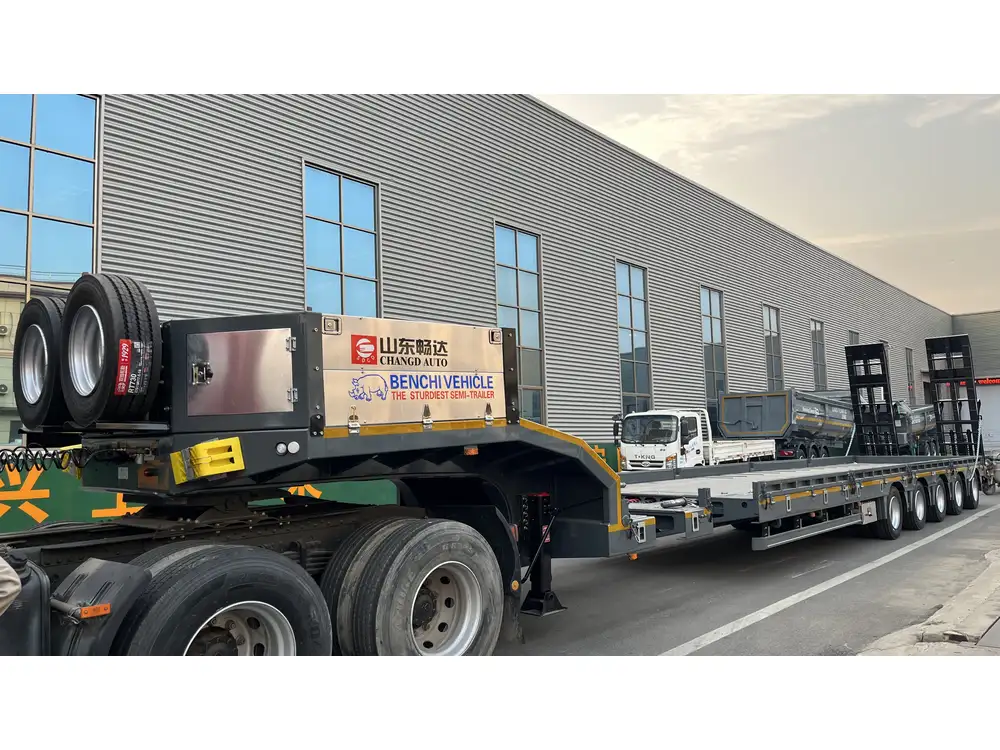
1. Standard Dry Van Trailers
Standard dry van trailers can handle a wide array of dry goods, making them highly versatile. The length ranges from 48 to 53 feet, with a standard width of 8.5 feet.
- Cargo Space: Typically, these trailers can accommodate around 3,000 to 3,800 cubic feet of cargo.
- Weight Capacity: Most can carry a maximum payload ranging from 26,000 to 45,000 pounds, depending on their construction and regulations.
2. Flatbed Trailers
Designed for easy loading and unloading, flatbed trailers are often used for transporting oversized or heavy items, as they do not have sides or a roof.
- Length: Usually ranges from 48 to 53 feet.
- Height: The deck height is typically 3 to 4 feet, which allows for easy accessibility.
- Capacity: Flatbeds usually have a higher weight capacity, often exceeding 48,000 pounds.
3. Refrigerated (Reefer) Trailers
Reefer trailers are essential for transporting perishable goods. They provide climate control, ensuring products such as food and pharmaceuticals remain within required temperatures.
- Length: Similar to dry vans, reefer trailers measure between 48 to 53 feet in length.
- Height: These trailers also maintain a height of about 13.5 feet, facilitating enough vertical space for cargo.
- Cooling Capacity: Reefer units can maintain temperatures as low as -20°F to 70°F, depending on the load requirements.
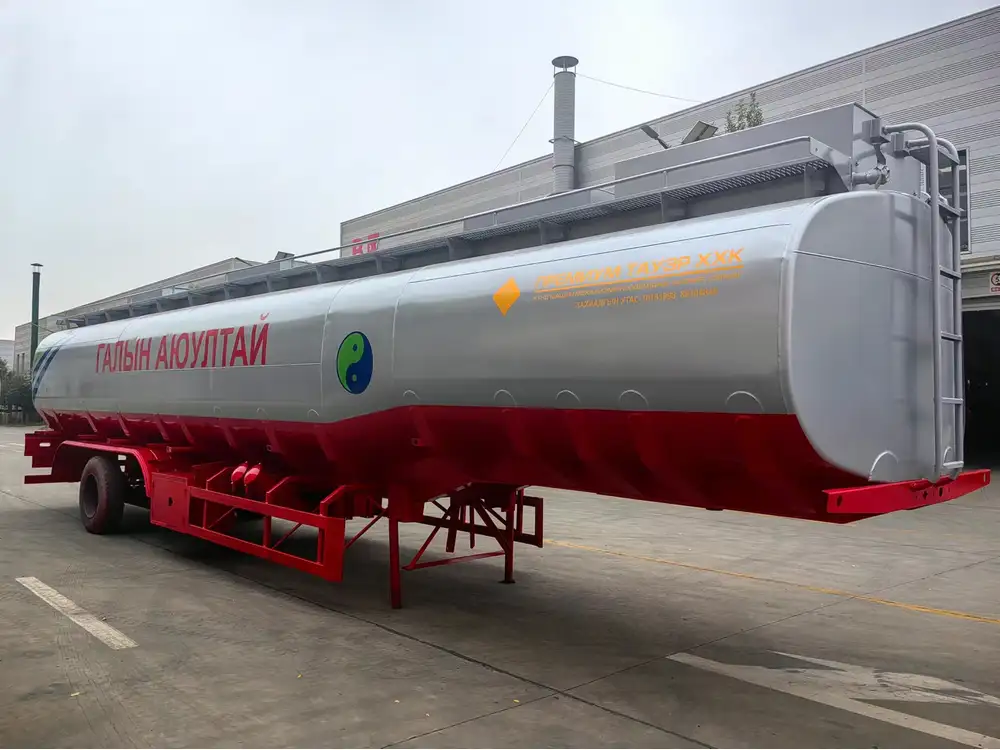
4. Tanker Trailers
Tanker trailers are primarily used for liquids, including hazardous materials and food-grade products.
- Length: Generally ranges from 40 to 48 feet.
- Diameter: The diameter is usually around 8 feet, with a height of 10 to 14 feet.
- Capacity: Tankers can carry anywhere from 5,000 to 9,000 gallons of liquid.
5. Lowboy Trailers
Lowboy trailers are designed to carry taller loads such as construction equipment. Their low profile allows them to transport items that exceed standard height limitations.
- Length: These trailers typically measure between 48 to 53 feet.
- Height: The deck height can range from 1 to 2 feet.
- Weight Capacity: Lowboys can carry loads exceeding 40,000 pounds, depending on state regulations.
Regulatory Considerations for Semi-Trailer Sizes
Various regulations dictate the allowable dimensions for semi-trailers to maintain safety and compliance on public roads. The Federal Motor Carrier Safety Administration (FMCSA) sets forth the following regulations:
- Maximum Length: In most states, a semi-trailer cannot exceed 53 feet for a single trailer.
- Width Limitations: Generally, the maximum width is 102 inches (8.5 feet), unless special permits are obtained.
- Height Restrictions: The maximum height is typically capped at 13.5 feet.
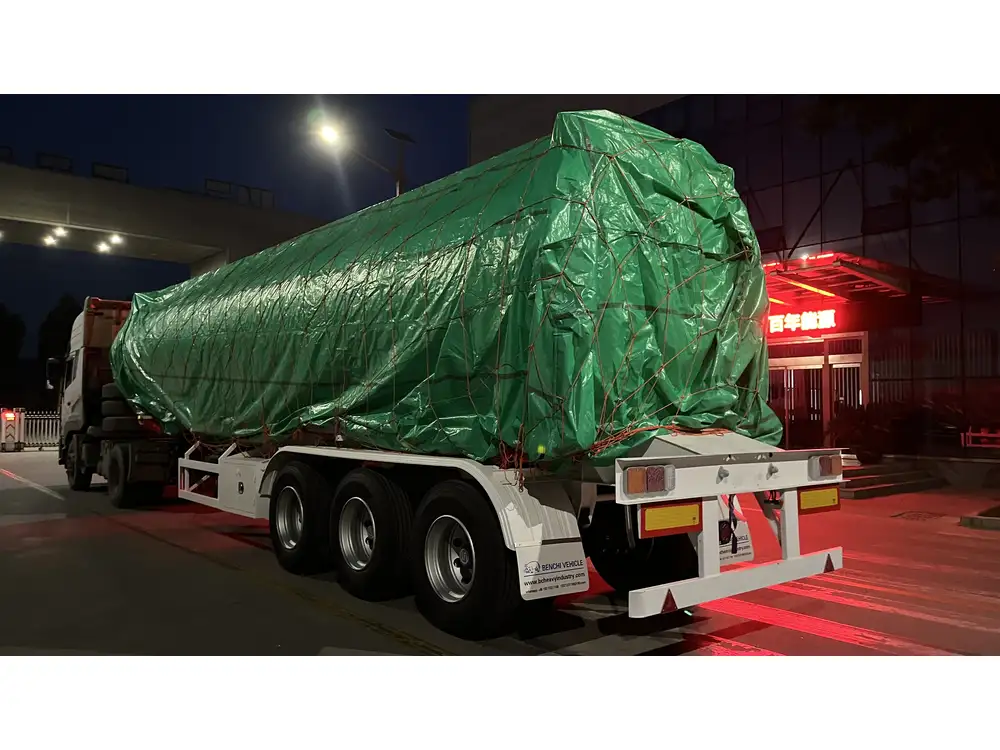
State Variations and Permits
While federal regulations provide a baseline, individual states may have unique laws regarding semi-trailer dimensions. Variations can include:
- Length Limits: Some states allow longer trailers with extra permits, especially for specific routes.
- Width and Height: Wide loads sometimes necessitate special signage and escort vehicles.
Being aware of state-specific regulations is crucial to avoid fines or, even worse, delays in transportation.
Factors Influencing Semi-Trailer Size Selection
When determining the appropriate size of a semi-trailer, various factors must be considered:
1. Type of Cargo
The dimensions of the cargo dictate the semi-trailer size. For instance, oversized and heavy items necessitate flatbeds or lowboy trailers, while perishables require refrigerated trailers.
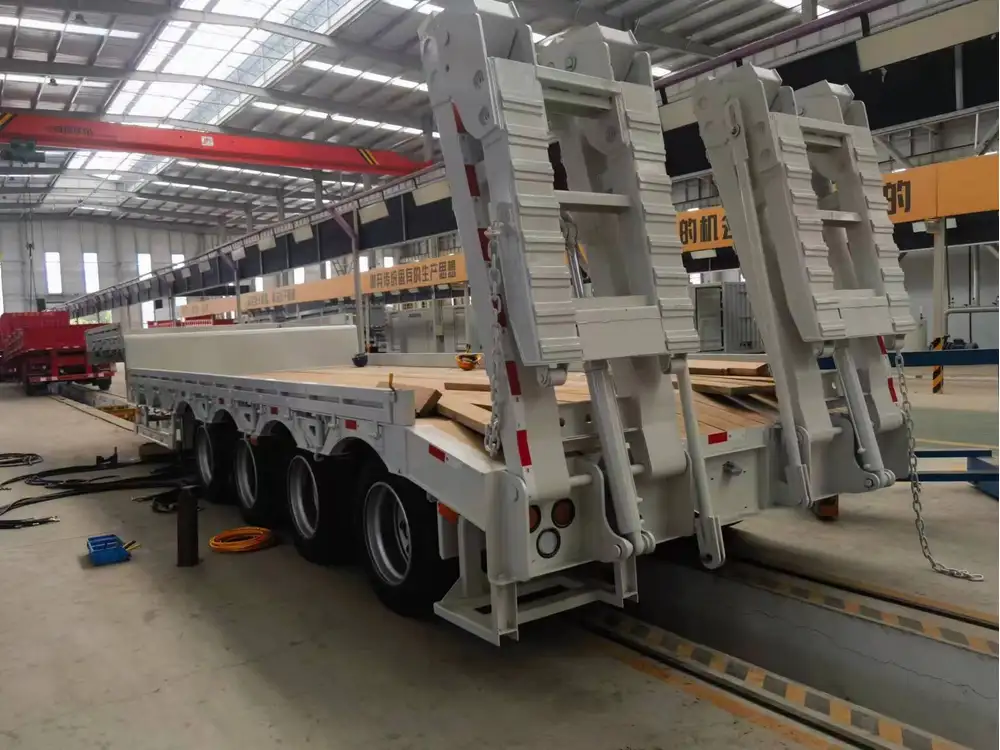
2. Weight Limitations
Payload capacity is a critical consideration. Overloading a trailer not only poses safety risks but may also lead to regulatory violations and hefty fines.
3. Loading and Unloading Access
The design of the loading and unloading facilities can influence the type of trailer chosen. Some facilities might have constraints that make flatbeds or lowboys the more suitable option.
4. Route Considerations
Road types, construction limits, and regional regulations impact what sizes can be utilized effectively.

5. Fuel Efficiency
Larger trailers can transport more cargo, but they may also be less fuel-efficient. Striking a balance between capacity and operational costs is crucial for businesses.
Calculating Trailer Towing Capacity
Understanding the towing capacity of tractors paired with semi-trailers is vital for optimizing freight transport. This calculation depends on:
- Truck Specifications: Different truck models have various engine sizes, weight limits, and capabilities.
- Load Distribution: Even weight distribution is crucial for a safe towing experience.
- Hitch Ratings: Ensuring the hitch used is rated for the combined weight of the tractor and trailer.
Simple Formula for Towing Capacity
To determine the towing capacity:
[ \text{Towing Capacity} = \text{GCWR} – \text{Vehicle Weight} ]Where:
- GCWR (Gross Combined Weight Rating) is the maximum allowable weight of a truck and trailer combined.
- Vehicle Weight is the truck’s curb weight.
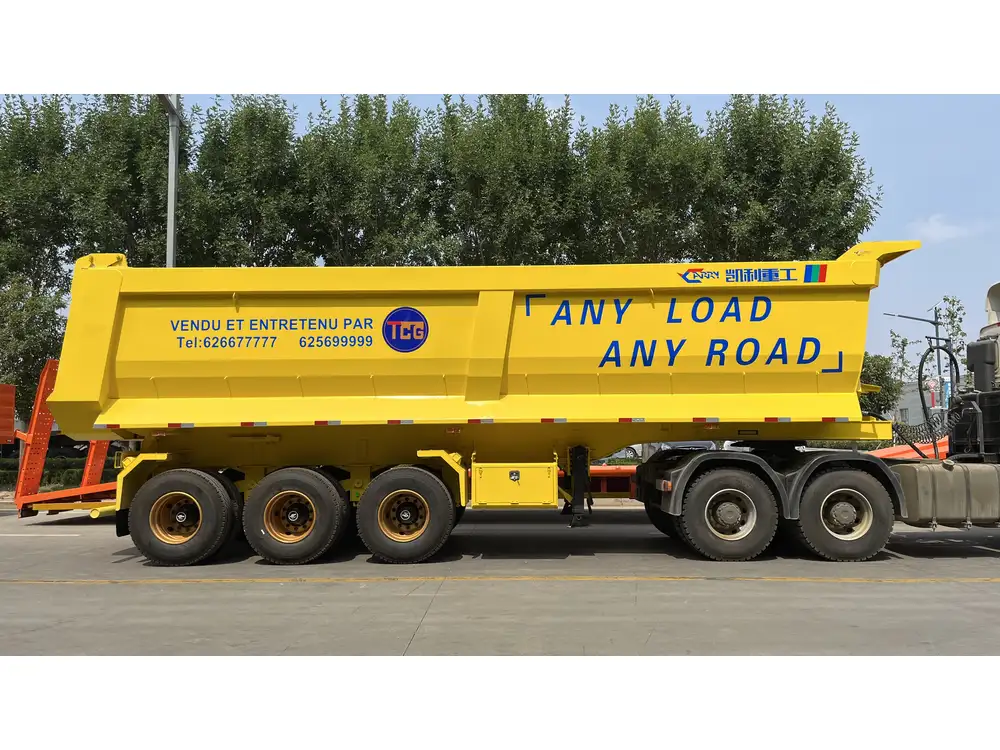
Conclusion: The Future of Semi-Trailers
As the logistics industry evolves, semi-trailer design and technology will continue to advance. Innovations in lightweight materials, aerodynamics, and enhanced cargo tracking systems are paving the way for a future where efficiency and load capacity become paramount.
Understanding how big is a semi-trailer, and the complexities that come with it, is no small feat. Whether you’re a manufacturer, logistics manager, or fleet operator, keeping abreast of these dynamics is key to staying ahead in the competitive world of transportation.
For those in the industry or businesses relying on freight transport, selecting the right semi-trailer ensures not just compliance but also boosts efficiency and profitability. Knowledge of trailer dimensions, regulations, and operational insights will equip you to make informed decisions that enhance your logistics operations.



